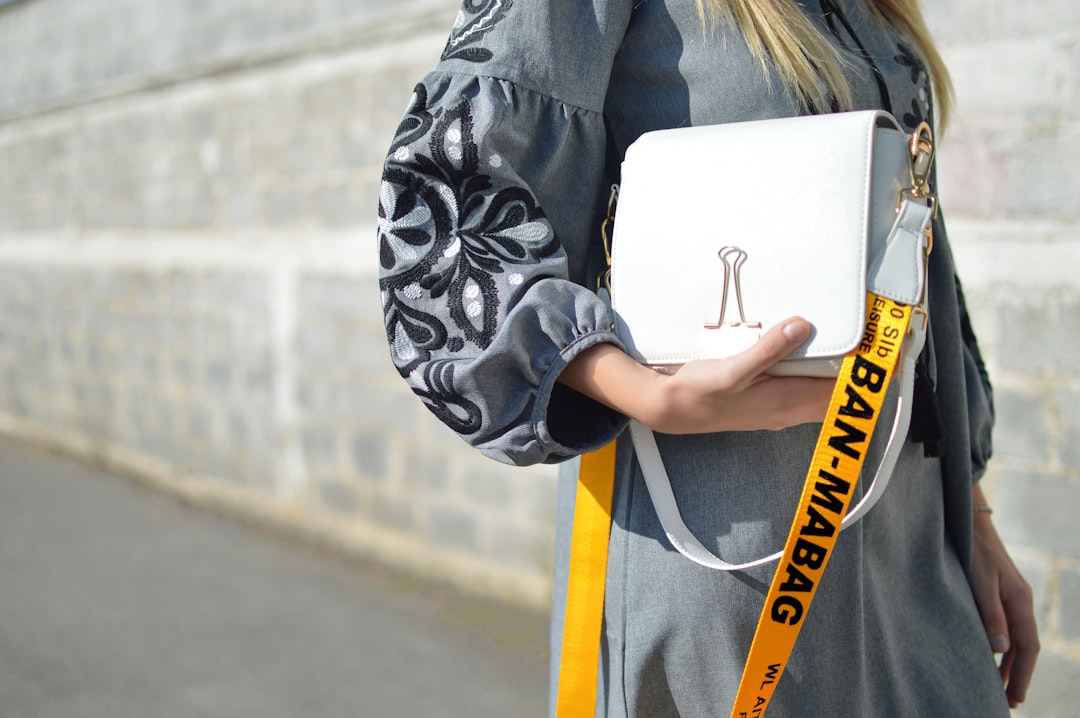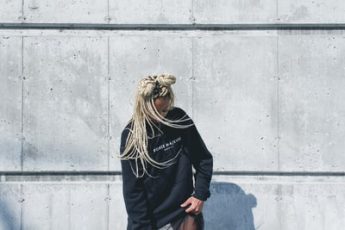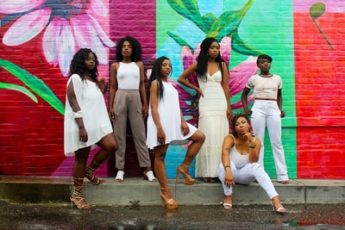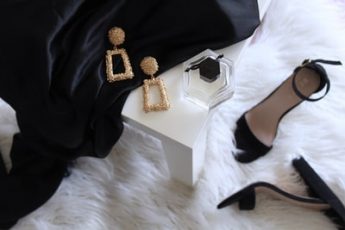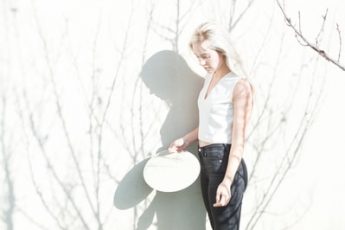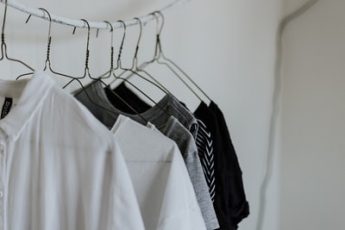While women today still like to wear dress clothes that are fashionable, dress codes have changed over the centuries. What was once considered formal attire for a man typically does not translate to formal attire for a woman. facts relating to women’s dresses have evolved over numerous years. Following are a few examples of women’s dresses that have changed throughout the years.
The sack dress

Sack dresses were originally worn during the Celtic era, approximately 1200-1350 CE. These were plain, functional gowns, made of absorbent based cloth. Additionally, they contained a bony anchor Utility belt, which was securely attached to the gown. Sack dresses were known for their practicality. Additionally they contained pockets sewn into the armpits.
The wearing of sack dresses by women during the medieval period was more acceptable than their wearing according to Christian traditions. During those times, both men and women wore these functional, utilitarian gowns. Additionally, these gowns were extremely convenient since they were close-fitting. They had no undersleep either, in the medieval era.
During the Elizabethan era (around 15th – 16th century), women wore long gowns. These gowns were typically made of sufficient material so that movement was not difficult. Furthermore, they were devoid of any lining, except in the bodice area.
The elaborated gown
Wedding dresses were designed and made elaborate by the mid-16th century. These dresses were known for their extravagance as they were made of heavy fabrics that had a variety of colors. They commonly had intricate details.
In the medieval era, women did not drape their gowns. They were worn with their petticoats, which were often made of the same material as the gown. Women also wore long petticoats, which were worn over their gowns. The purpose of petticoats was to waterproof the dresses.
The agenda gown
Wearingoutmaid gownswere a style used by women during the 1920s. agenda gowns are gowns that are fitted with a tulle skirt and an elaborate bodice. It was a celebrity favorite during the 1920s.
The Blushing bride dress
The Blushing bride dress consists of a strapless bodice, which is accented with a colored but later developed rosette. The gown is fitted with a fuller skirt which hangs in Blushing rosebud like fashion. Bl Tracking is the term used to refer to these dresses.
Wedding Gowns
Wedding gowns were worn by the guests at weddings and Christenings. These dresses were also worn during Quinceaneras when the bride wore her evening gown.
Wedding dresses were gradually replaced with afternoon wedding dresses by the early 19th century. The elite Victorian evening gowns were replaced with afternoon wedding gowns by the late 19th century.
The Glamorous Gown
Gowns were also replaced with evening gowns during the 1950s. The Glamorous Gown was introduced during the late 1950s. You can recognize a gown such as this by its Bangles and Cherries pattern. The gown also has intricate bead embroidery, which further emphasized the glamor of the gown.
Gowns were replaced with ball gowns during the 1960s. Further enhancement to gowns were made through the addition of taffeta in 1964. A strapless ball gown was worn by Elizabeth Taylor during the European runway opening of the film “W.”
The Gowns of the 1960s were characterized by puffy sleeves, occur around the upper body and possess a deep V neck cut.
The 1980s were marked by an increase in the popularity of form-fitting evening gowns. The Empire (priory) was characterized by an extremely high waistline (often as high as the shoulder), which is known as the “Tutu” style. Elizabeth Taylor’s endorsement of this style encouraged the wearing of long, full skirts ( invade A-line), which in turn was the leading cause of the Swinging Sixties fashion.
In 1969, the “Hippie” style was one of the most famous evening gowns. Flared hems and skirts that reached bell bottoms were all the rage regardless of the shape of the body. And the 70s were said to be the wildest decade for fashion. It was a time when mini skirts, hot pants and hot boots became all the rage, causing a sensation known as the “mom trend” which showed up everywhere, including musical bands and hippies.
Fashion did not really change throughout the 1980s. The 80s were rather glamorous and flashy, with splashes of bright color and outrageous outfits.
